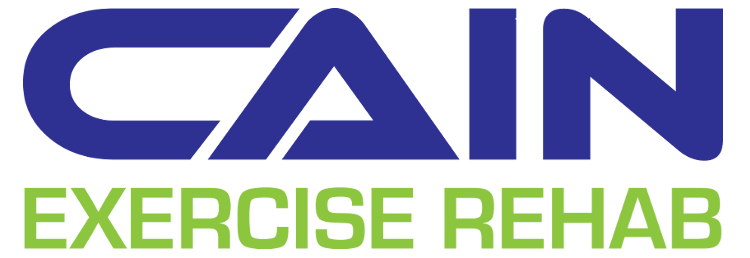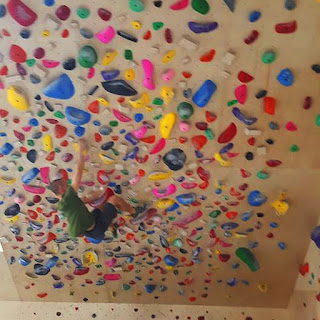This isn't just a problem for climbers. An inability to attain optimal hip flexion will affect your stride as a sprinter, your routine as a gymnast or diver, your ability to get a high box jump in CrossFit, and more!
Little do people often realize, however, that this lack of hip flexion isn't exactly a result of the hamstrings simply being short and tight. If it was really a mechanical restriction from the hamstrings preventing you from getting your leg up, then you wouldn't be able to pull your knee to your chest or drop into a squat either.
Like a wrote about before, this inability to flex the hip without assistance is usually due to protective guarding of the hamstrings, as opposed to shortening. This is something that usually results from a lack of hip stability and glute activation, from my experience.
A typical trend in a lot of active people is the dominance of their hamstrings over their glutes, meaning that when they extend their hip back, the hamstring is initiating the movement when it should be the larger, stronger glute max doing so. Now combine this with the instability of the lateral rotators that we see so often (glute med, glute min, piriformis). The hamstrings end up being, shall we say, neurally primed more than they should because the nervous system can sense that the glutes aren't keeping the hip as stable as it wants themselves. This means that when we're trying to do a high knee raise, the hamstrings refuse to relax and and up contracting against the motion.
So if static stretching and lengthening of the hamstrings isn't going to work, what is the fix? Well, activation of the glutes and training to hamstrings to relax under tension is a good start. Enjoy!
Subscribe to the Weekly Updates
Do you like the content that you're reading? Sign up to receive the weekly blog update from Cain Exercise Rehab directly to your email!







